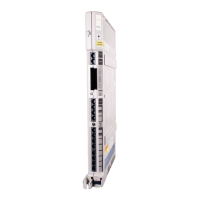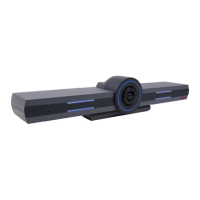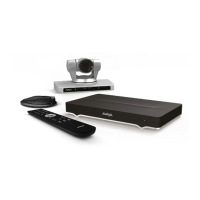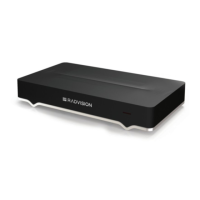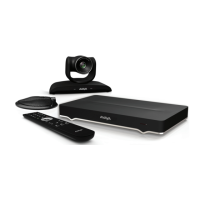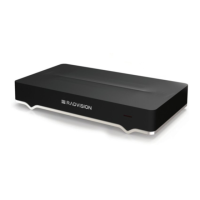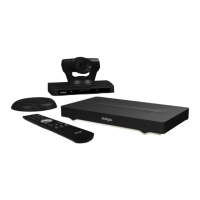



Do you have a question about the Avaya PARTNER Advanced Communications System and is the answer not in the manual?
Describes the modular hardware design, control unit, and configurations for installation.
Details environmental and electrical requirements for system installation.
Provides instructions for wall-mounting the control unit and related installation steps.
Guides on how to connect analog lines and extensions to the system modules.
Guides on assembling, connecting, and testing telephones after control unit installation.
Describes the two methods for programming: PC Administration and Set Administration.
Details how to perform system programming, including programming overlays and special buttons.
Describes how to determine line assignments for Key and Pooled extensions.
Procedures for backing up and restoring system programming periodically.
Features to restrict or permit outside calling from extensions.
Creates a password for remote or local PC administration of the system.
Programs a list of frequently-dialed numbers for quick access.
Lists essential features that must be programmed for all telephones.
Determines the order in which the system selects lines or pools when making calls.
Describes common buttons and indicators on PARTNER telephones.
Discusses connecting and using industry-standard single-line telephones.
Explains common call-handling functions available on telephones.
Steps to set up operator extensions with call handling, backup answering, and button programming.
Features that help the operator handle outside calls during peak periods.
Describes programming features directly at the user's telephone.
Redirects calls to another extension for coverage after a specified number of rings.
Locks an extension by entering a four-digit code to prevent unauthorized use.
Answers calls and directs them based on caller-entered digits.
Instructions for setting up and using fax machines with the system.
Provides detailed call activity records for reporting and analysis.
Explains the use and programming of compatible voice messaging systems.
Procedures for replacing the processor module's backup batteries.
Steps to upgrade system software using a PCMCIA card.
Instructions for adding new modules to an existing 5-slot carrier.
| Voicemail | Optional |
|---|---|
| Call Forwarding | Yes |
| Power Requirements | 120VAC, 60Hz |
| Operating Temperature | 32°F to 104°F (0°C to 40°C) |
| Caller ID | Yes |
| Call Waiting | Yes |
| Conference Calling | Yes |
| Music on Hold | Yes |
| Dimensions | Varies depending on configuration |
| Weight | Varies depending on configuration |
